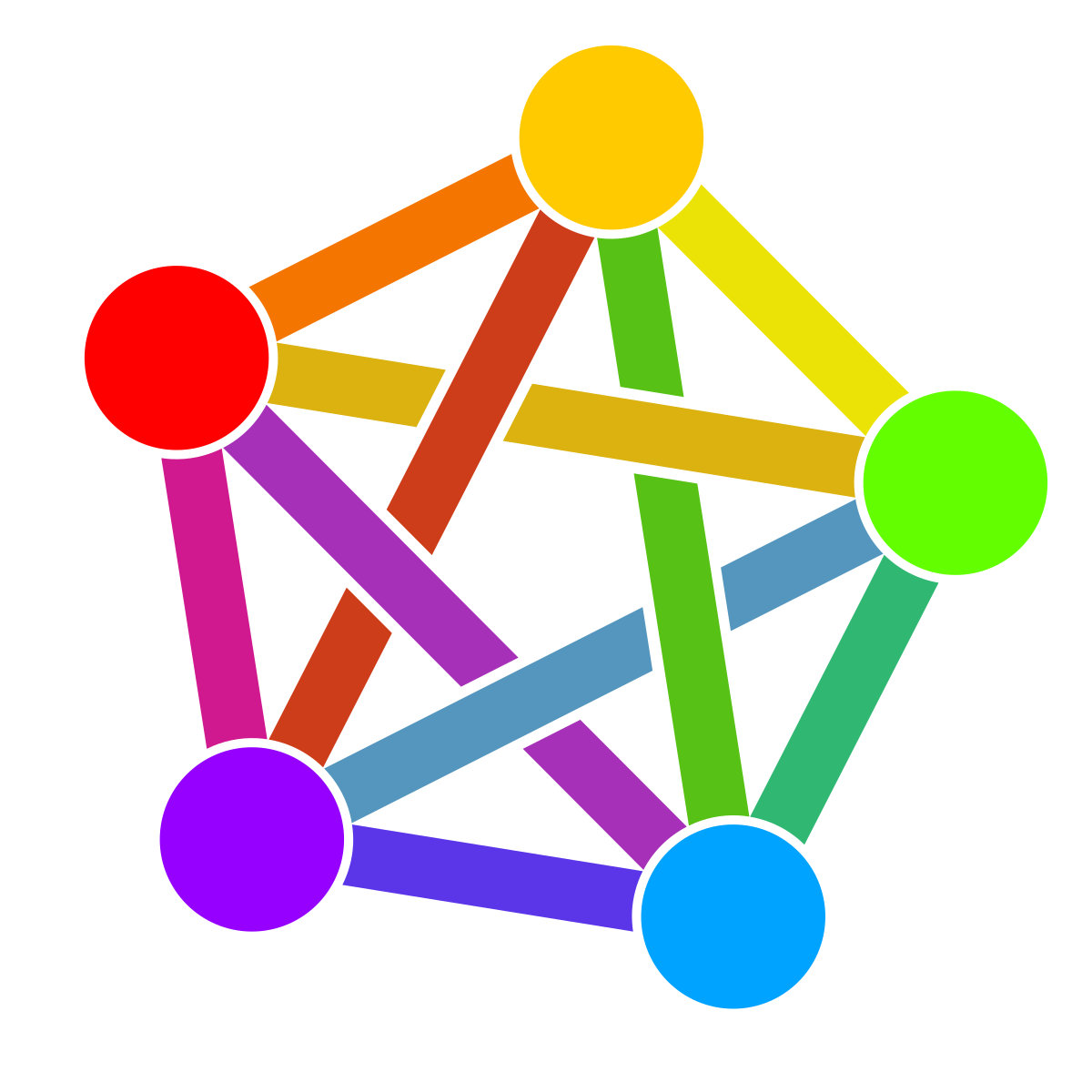

Tags interfere with human readability. Open any markdown file with a text editor in plain text and you can basically read the whole thing as it was intended to be read, with possibly the exception of tables.
There’s a time and a place for different things, but I like markdown for human readable source text. HTML might be standardized enough that you can do a lot more with it, but the source file itself generally isn’t as readable.

When I plug my phone into the wall, there are chips in the wall charger and on both sides of the cable, because the simple act of charging requires a handshake and an exchange of information notifying the charger, the cable, and the phone what charging modes are supported, and how to ask for more or less power.
How many chips are in a fully configured desktop computer? There’s like dozens of any given motherboard, controlling all the little I/O requirements. Each module of RAM is several chips. If you use external cards, each card will have a few chips, too. Meanwhile, the keyboard and the mouse each have a few chips, and the display/monitor has a bunch more.
I’d be surprised if the typical computer had less than 100 chips.
Now let’s look at the car functions. A turn signal that blinks, oscillating between on and off? That’s probably a chip. A windshield wiper that can do intermittent wiping at different speeds? Another chip or more. Variable valve timing that’s electronically controlled? Another few chips. Each sensor that detects something, from fuel tank status to engine knocking to air/fuel mixture? Probably another chip. Controllers that combine all this information to determine how to mix the fuel and air, whether to trigger a warning light on the dash, etc.? Probably more chips. What about deployment of airbags, or triggering of the anti-lock braking systems? Cruise control requires a few more chips, as speedometers and odometers are not electronic rather than the old analog systems. Smart cruise control and lane detection has even more chips. Hybrid drivetrains that charge or discharge batteries need dozens of chips controlling the flow of power (and the logic of when power should flow in which direction).
By the time Toyota was in the news in 2011 for potential throttle sticking problems that killed people, it was typical for even economy cars to have something like 30 ECUs controlling different things, with each ECU and its associated sensors requiring multiple chips.
Some modern perks require even more chips. Automatic lights? High beam dimming? Automatic wipers? Remote start or shutting off the engine at idle?
And that’s just for driving. FM tuner? Chips. AM tuner? More chips. Bluetooth and Carplay/Android Auto? More chips. Rear view camera, now mandated on all cars? More chips. A built-in GPS or infotainment system? A full blown computer.
All the little analog controllers that were present in cars in the 80’s are now more efficiently performed on integrated circuits, including analog circuits. Each function will require its own chip. If you’re trying to recreate the exact functionality of a typical car from the 1990’s, you’d probably still need a minimum of a few hundred chips to pull it off. And it’s probably smart to segment things so that each module does one thing in a specialized way, isolated from the others, lest an unexpected input on the radio mess up the spark plug timing.
The world is run by chips, and splitting up the functions into multiple computers/controllers, with multiple chips each, is just the easier and more efficient way to do things.